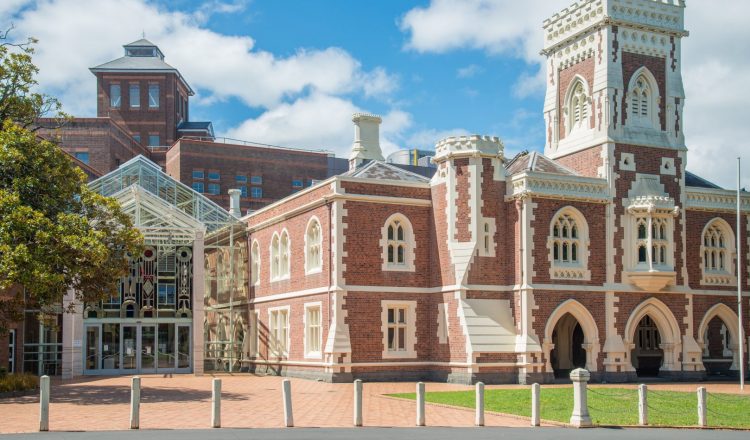Hệ thống pháp lý
Được coi là một trong những quốc gia tốt nhất trên thế giới, một hệ thống pháp luật mạnh mẽ, độc lập bảo vệ người dân New Zealand. Do mối quan hệ lịch sử của họ với Anh, phương pháp công lý và luật pháp được sử dụng tại New Zealand ngày nay phản ánh hệ thống Pháp luật Anh về nhiều khía cạnh. Một hệ thống, được gọi là mô hình Westminster đã được sử dụng hàng trăm năm. Hệ thống pháp lý của New Zealand đã liên tục được xếp hạng là một trong những công bằng nhất và ít tham nhũng nhất trên thế giới, cho phép người dân đạt được tiêu chuẩn cao hơn về quyền tự do cá nhân.
Một số nhóm, tổ chức và cá nhân giám sát công lý và luật pháp trong hệ thống Luật pháp New Zealand. Những cơ quan này kết hợp với nhau để tạo thành ba nhánh chính, Nghị viện, hành pháp và tư pháp. Hành động kết hợp của ba nhánh này là những gì hình thành, viết và thực thi luật pháp của New Zealand.
Quốc hội
Quốc hội New Zealand họp tại Wellington và là một trong những cơ quan lập pháp hoạt động lâu đời nhất trên thế giới. Quốc hội bao gồm hầu hết các nghị sĩ (Thành viên Quốc hội) là những cá nhân chủ yếu được người dân bầu ra để đại diện cho họ. Các nghị sĩ họp và tranh luận về các luật được đề xuất, cuối cùng bỏ phiếu cho chúng tồn tại, nếu đó là ý muốn của người dân New Zealand. Những luật mới này được gọi là Quy chế hoặc Đạo luật.
Người điều hành
Hành pháp bao gồm Toàn quyền, Thủ tướng, các bộ của chính phủ và các bộ trưởng nội các quan trọng khác. Họ phát triển chính sách hoặc đưa ra những ý tưởng mới về luật, sau đó viết những ý tưởng này ra giấy gọi là dự luật. Những dự luật này là những gì Nghị viện tranh luận, vì vậy chúng có thể thấy rất nhiều thay đổi trước khi cuối cùng trở thành luật. Nếu chúng trở thành luật, hành pháp sẽ chịu trách nhiệm thông báo cho công chúng, thường bằng cách công bố chúng trên báo chí hoặc các trang web của chính phủ.
Tòa án
Cuối cùng, cơ quan tư pháp có lẽ là bộ phận xuất hiện đầu tiên trong hệ thống này khi bạn nghĩ đến luật pháp và công lý. Họ là các thẩm phán và cán bộ tư pháp áp dụng luật pháp tại tòa án. Họ không chỉ đối phó với tội phạm, tuy nhiên, vì có nhiều dòng luật khác nhau, chẳng hạn như luật thương mại, gia đình, dân sự và môi trường. Cơ quan tư pháp được bổ nhiệm bởi Toàn quyền và Tổng chưởng lý và hoạt động như những cá nhân độc lập giải thích các đạo luật do chính phủ tạo ra. Nền độc lập của họ rất cần thiết vì vai trò của họ là cân bằng quyền lực của chính phủ với quyền lợi của người dân New Zealand.
Thật thú vị, mặc dù Quốc vương của New Zealand, Nữ hoàng Elizabeth II không liên quan gì đến hệ thống pháp luật của New Zealand trực tiếp, nhưng bà phải cung cấp cho tất cả các dự luật về Sự đồng ý của Hoàng gia trước khi được đưa ra thành luật, Toàn quyền thay mặt Nữ hoàng trao Quyền đồng ý của Hoàng gia, điều mà sau cuộc tranh luận và bỏ phiếu gay gắt như vậy, chỉ là hình thức.

















































